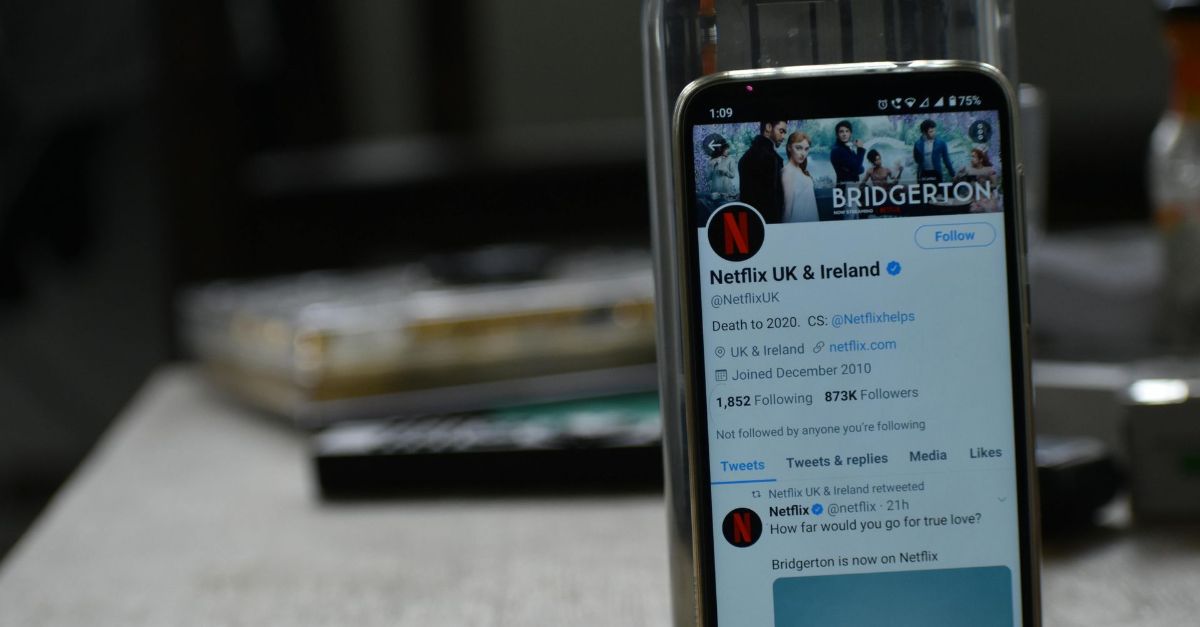Creating a Memorable Brand Identity: More Than Just a Logo
A brand identity isn’t just about logos and taglines; it’s the personality and voice that connects your business to its audience. Netflix has mastered this concept by building a global community rooted in creativity, consistency, and fan engagement. From playful copyright letters to immersive campaigns, Netflix’s approach shows how to turn every interaction into an opportunity for connection. Here’s how you can apply their strategies to your brand identity, complete with examples and a mini case study.

1. Core Values: Putting the Fans First
Netflix’s brand identity is grounded in storytelling and fan-centricity. When a "Stranger Things"-themed bar opened without authorization, Netflix sent a letter asking them to shut down. Instead of legal jargon, the letter used playful language inspired by the show. It even ended with, “We love our fans, more than anything, but you should know that the Demogorgon is not always as forgiving.”
Example: By prioritizing fandom while protecting intellectual property, Netflix reinforced its commitment to storytelling and respect for its audience.
Mini Case Study:
When Netflix shut down the bar, fans appreciated the light-hearted approach, and the bar owners complied without backlash. The incident went viral on social media, demonstrating how addressing issues with humor can enhance brand loyalty and keep fans engaged.
2. Visual Identity: Creating Recognizable Moments
Netflix’s visual identity, from its signature red "N" logo to its platform’s sleek user interface, is instantly recognizable. Beyond this, themed campaigns like “Stranger Things Day” transform branding into an experience, integrating visuals with events and promotions.
Example: During the “Stranger Things” Season 4 launch, Netflix transformed iconic landmarks into the Upside Down, reinforcing the show’s aesthetic while creating shareable moments.
Mini Case Study:
For the launch, Netflix projected the iconic “Stranger Things” logo onto the Empire State Building while synchronizing music from the show. This stunt garnered millions of social media shares, amplifying global excitement and cementing its visual identity in fans’ minds.
3. Brand Voice: Playful, Relatable, and Engaging
Netflix’s voice is conversational, witty, and perfectly in sync with its audience. On social media, the brand doesn’t just promote—it engages. Whether it’s witty replies on Twitter or humorous posts on Instagram, Netflix ensures its tone resonates with fans.
Example: A fan once tweeted, “Netflix, I love you, but why do you keep asking if I’m still watching?” Netflix replied, “We just want to make sure you’re okay.”
Mini Case Study:
When Netflix India posted a joke referencing Bollywood film tropes, fans flooded the comments with memes and shares, creating a wave of user-generated content. By leaning into local humor, Netflix strengthened its bond with Indian audiences and expanded its fan base in the region.
4. Emotional Connection: Keeping the Fandom Alive
Netflix thrives on building emotional connections through its content and campaigns. For example, during the pandemic, Netflix created “Watch Together” guides to help fans connect while watching shows apart, fostering a sense of community.
Example: The release of “Money Heist” (La Casa de Papel) was accompanied by interactive social media campaigns, such as encouraging fans to share their “heist name” or dress as characters from the show.
Mini Case Study:
Before the final season of “Money Heist,” Netflix launched a global campaign inviting fans to participate in themed activities. From creating fan art to attending virtual events, fans felt like part of the story. This deep engagement led to the show becoming one of Netflix’s most-watched series, driven by community involvement.
5. Consistent Experience: Bringing the Brand to Life
Every touchpoint with Netflix reinforces its identity, from the interface of its streaming service to its themed pop-ups. Consistency in branding ensures that fans know what to expect, creating a seamless experience.
Example: Netflix’s “Squid Game” pop-up installations featured iconic sets from the series, offering fans an interactive, immersive experience that brought the show to life.
Mini Case Study:
In Los Angeles, Netflix recreated the “Squid Game” glass bridge challenge in a safe, interactive exhibit. Fans shared their experiences widely on social media, extending the reach of Netflix’s brand while deepening fan loyalty.
Mini Case Study: Netflix’s Global Fan-Centric Branding
Challenge: Netflix wanted to maintain its global presence while engaging diverse audiences across regions.
Solution: Netflix has mastered the art of blending culturally relevant campaigns with globally recognized events, creating a brand that resonates deeply across diverse audiences. For example, in India, Netflix tapped into the country’s love for Bollywood with playful memes and campaigns centered on iconic film moments, such as their humorous “Sacred Games” promotions that became an internet sensation. In South Korea, Netflix fueled the “Squid Game” phenomenon with pop-up installations featuring the show’s iconic sets, such as the eerie red light-green light doll, allowing fans to immerse themselves in the experience.
Globally, Netflix unified fans with major stunts like "Stranger Things Day," where the brand transformed landmarks into "Upside Down" versions and released exclusive behind-the-scenes content. Another standout example is Netflix’s “La Casa de Papel” (Money Heist) campaign, where fans were invited to dress as their favorite characters and share their photos online, sparking a global wave of social media engagement. These efforts demonstrate Netflix’s ability to seamlessly blend local relevance with global appeal, making it a brand that feels both intimate and universal.
Result: Netflix not only grew its subscriber base but also transformed passive viewers into active brand advocates. Its fan-first branding approach continues to set the standard for engagement in the entertainment industry.
Your Brand, Netflix-Style
Netflix’s approach to brand identity demonstrates the power of consistency, creativity, and authentic fan engagement. By focusing on core values, maintaining a relatable voice, and fostering emotional connections, your brand can create memorable experiences that resonate with your audience.

